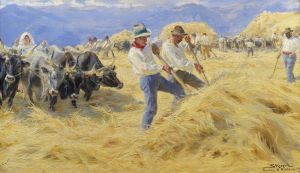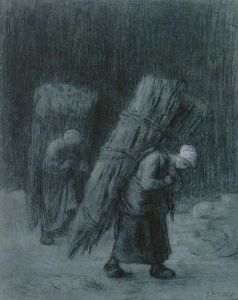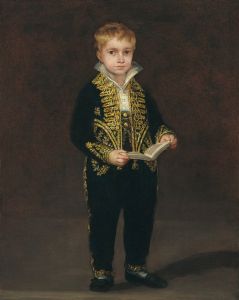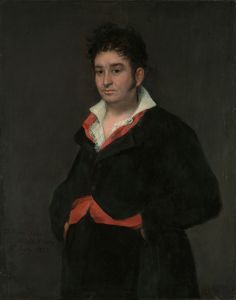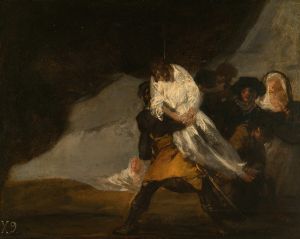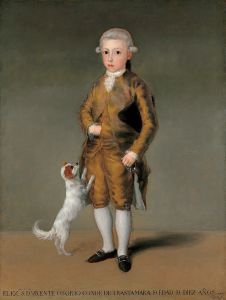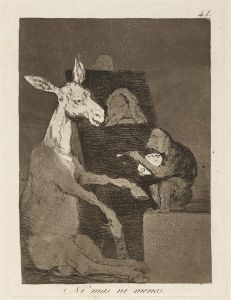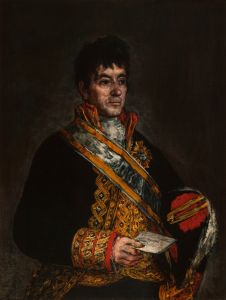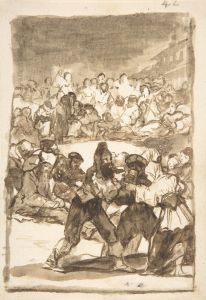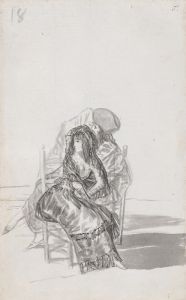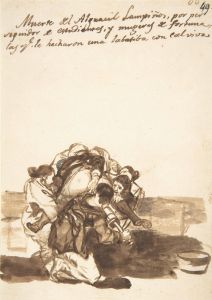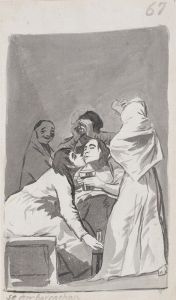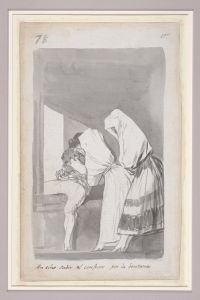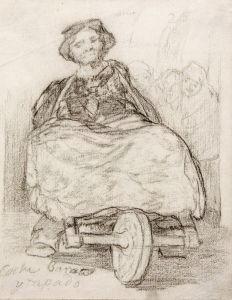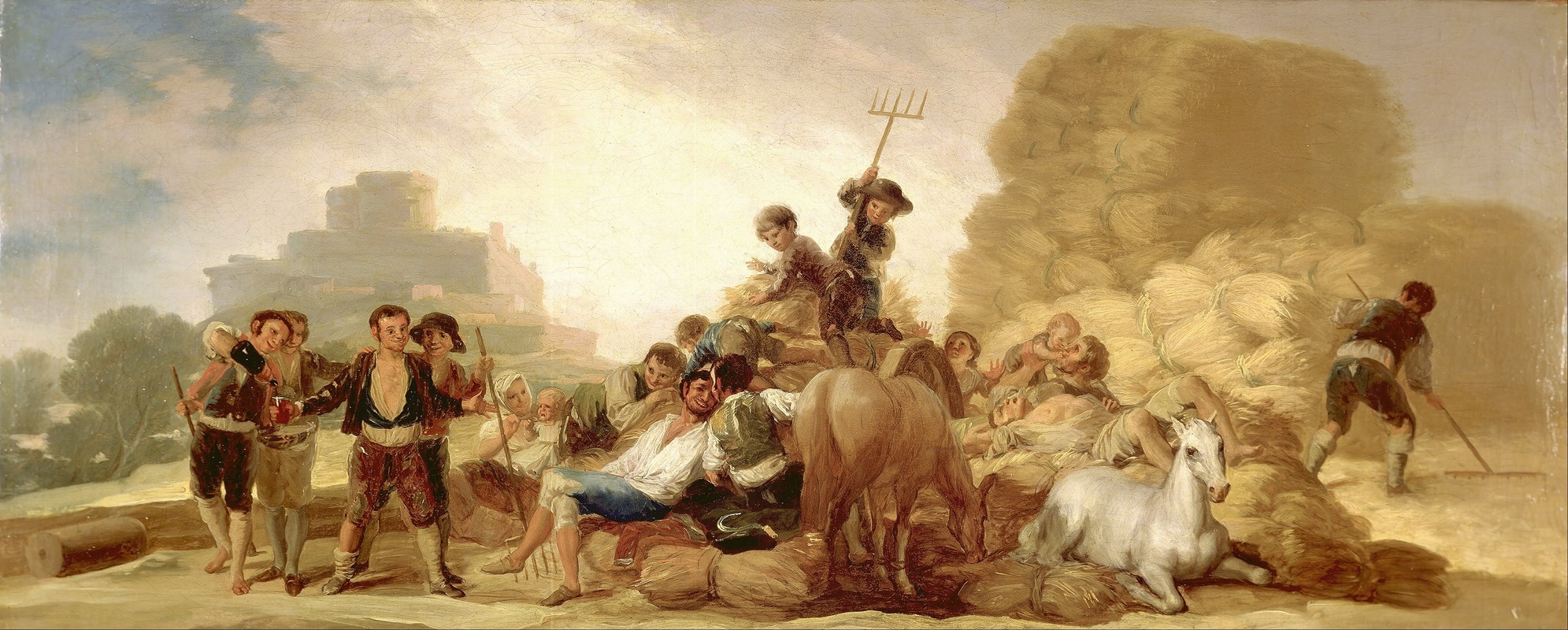
The Threshing Floor
A hand-painted replica of Francisco de Goya’s masterpiece The Threshing Floor, meticulously crafted by professional artists to capture the true essence of the original. Each piece is created with museum-quality canvas and rare mineral pigments, carefully painted by experienced artists with delicate brushstrokes and rich, layered colors to perfectly recreate the texture of the original artwork. Unlike machine-printed reproductions, this hand-painted version brings the painting to life, infused with the artist’s emotions and skill in every stroke. Whether for personal collection or home decoration, it instantly elevates the artistic atmosphere of any space.
Francisco de Goya's "The Threshing Floor" is a painting that exemplifies the Spanish artist's ability to capture rural life with a vivid and dynamic composition. Created in the late 18th century, this work is part of Goya's series of tapestry cartoons, which were designs for tapestries intended to decorate the royal palaces of Spain. These cartoons were commissioned by the Spanish crown and were meant to depict scenes of everyday life, reflecting the customs and activities of the time.
"The Threshing Floor" portrays a rural scene centered around the agricultural practice of threshing, a method used to separate grain from chaff. In the painting, Goya illustrates a group of peasants engaged in this labor-intensive activity. The composition is lively, with figures in motion, suggesting the physical exertion and teamwork required in the process. The scene is set in an open field under a wide sky, which adds a sense of expansiveness and emphasizes the connection between the people and the land.
Goya's use of color and light in "The Threshing Floor" is notable. The artist employs a warm palette, with earthy tones that reflect the natural environment and the materials involved in threshing. The light in the painting is soft yet illuminating, highlighting the figures and their actions. This use of light and color not only enhances the realism of the scene but also imbues it with a sense of vitality and immediacy.
As with many of Goya's works, "The Threshing Floor" can be seen as more than just a depiction of rural life; it also offers insight into the social and economic conditions of the time. The painting reflects the importance of agriculture in 18th-century Spain and the reliance on traditional methods of farming. It also subtly comments on the lives of the peasantry, who were often subject to the whims of nature and the demands of the landowners.
Goya's tapestry cartoons, including "The Threshing Floor," were instrumental in establishing his reputation as a painter capable of capturing the essence of Spanish life. These works were not only appreciated for their artistic merit but also for their ability to convey the spirit of the people and the times. "The Threshing Floor" stands as a testament to Goya's skill in portraying human activity with both accuracy and empathy.
Today, "The Threshing Floor" is recognized as an important piece in Goya's oeuvre, reflecting his early style and his interest in the everyday experiences of ordinary people. It remains a valuable work for understanding the cultural and historical context of late 18th-century Spain, as well as Goya's development as an artist.





